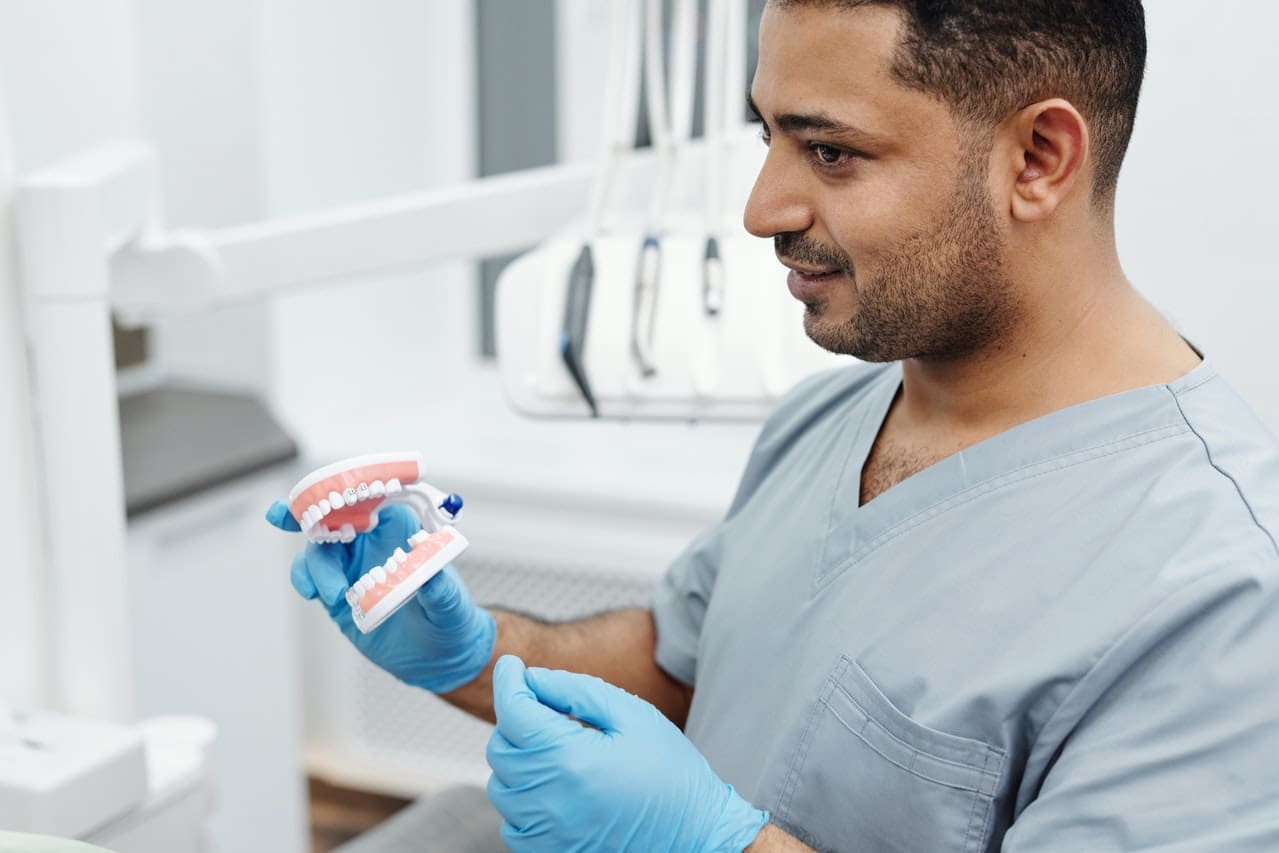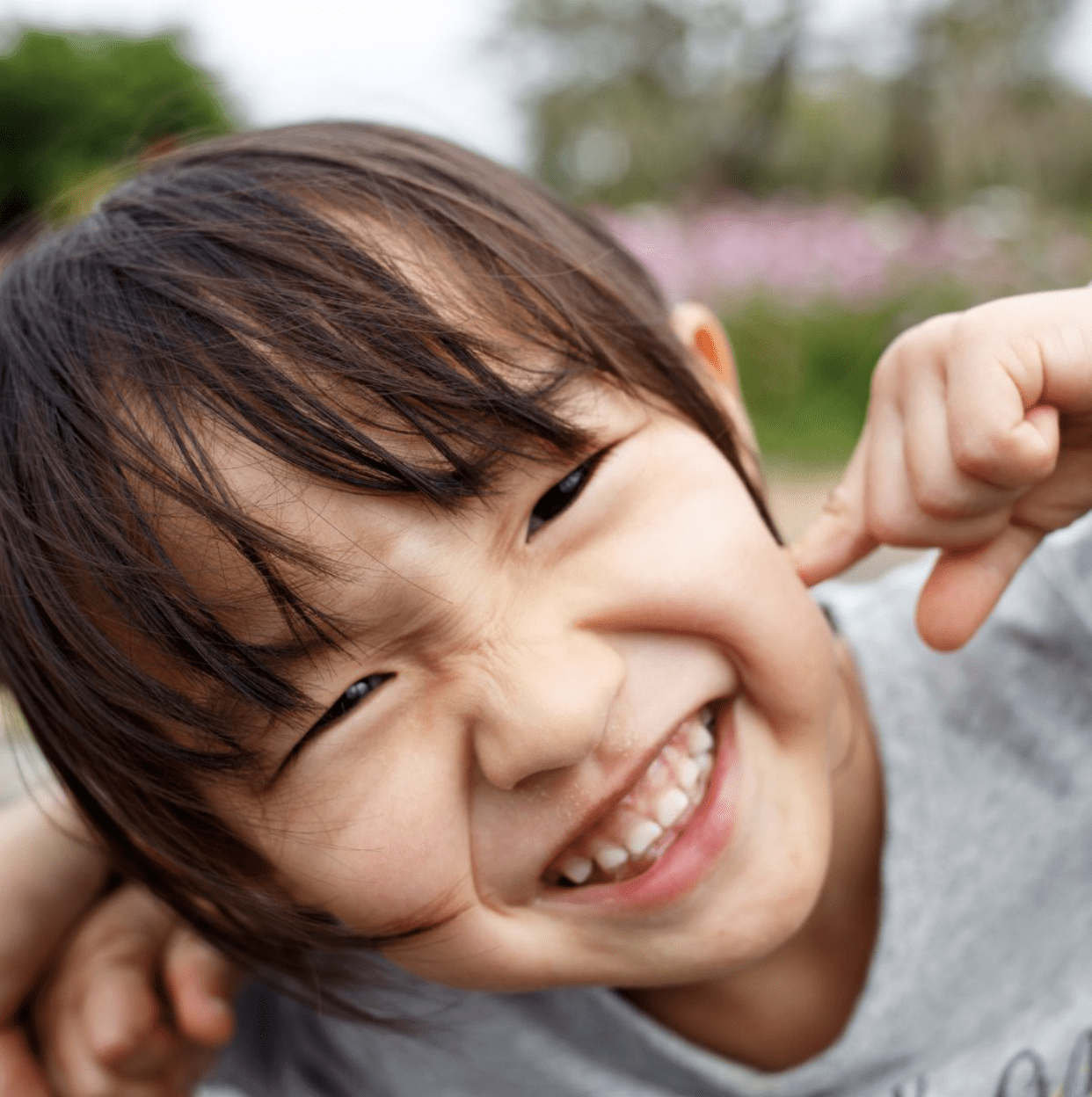
How You Can Benefit from Getting Dental Fillings
Don’t feel bad if your dentist tells you that you need dental fillings. Fillings help fight tooth decay and can prolong the life of your
Home » Archives for July 2022

Don’t feel bad if your dentist tells you that you need dental fillings. Fillings help fight tooth decay and can prolong the life of your

What is the main purpose of veneers? Well, they help your teeth look better! Whether you’re trying to hide permanent stains or simply hide injured

There are many reasons why an adult should consider Invisalign, clear aligner teeth straightening technology. It is a system of plastic aligners that help patients

If you’ve heard of “laughing gas,” you’ve probably heard of nitrous oxide. Nitrous oxide is a naturally occurring gas commonly used in sedation dentistry. It

Most people are aware that visiting the dentist is important. However, the question of how often to do it is where a lot of people

Dental implants are far superior to tooth replacement options like dentures or bridges. This article will explain in detail why implants are the best choice.

If you’ve ever looked inside your mouth, you may have been able to identify your teeth, tongue, and gums. However, other parts also play an

Laser gum treatments effectively treat gingival (gum) and more advanced periodontal diseases. These diseases are infections of the supporting tissues and bone that hold the

Invisalign continues to be compared to braces, and for a good reason. Both dental treatments can straighten the teeth, but the question of many is,

A mother and her newborn struggle with breastfeeding; a child unable to pronounce certain sounds; A teenager shying away from eating in public. What do